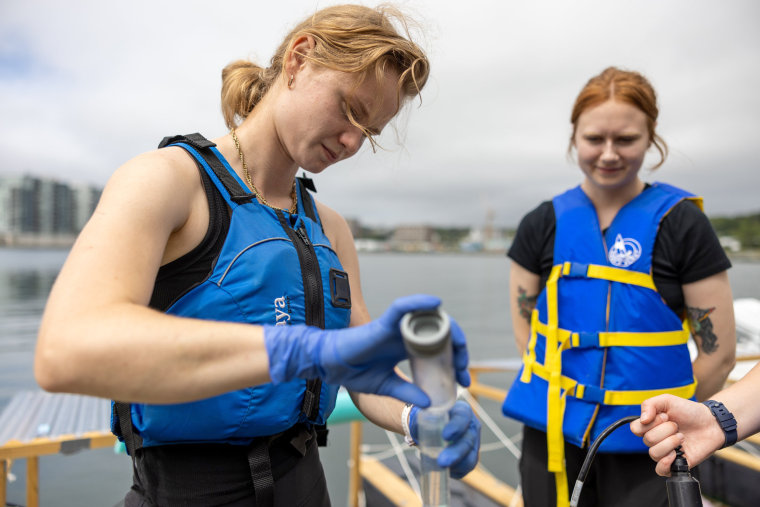HALIFAX, Nova Scotia — Just over a year ago, Canadian oceanographer Will Burt was in Fairbanks, Alaska, teaching college students about the effects of global warming on marine life when a former colleague approached him about a startup seeking to use the ocean to remove carbon from the atmosphere.
“I didn’t have to think about it,” Burt said.
Eight months later, Burt was on a fishing boat off the shores of Nova Scotia, running experiments with a group of researchers as part of a moon shot effort to curb climate change.
“I feel like every scientist here on this ship has had a sense of ‘Now, this is why I got into this,’” Burt said as researchers adjusted carbon measurement tools hanging off the side of the boat.
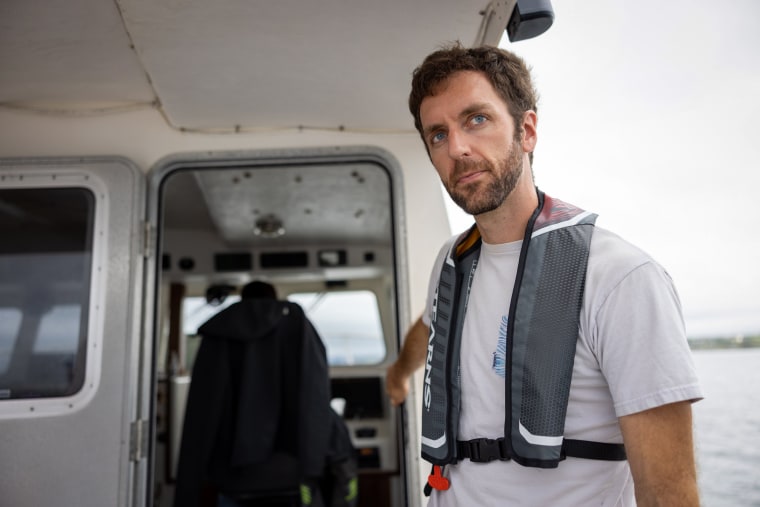
The ocean plays a critical role in curbing climate change. Like forests and wetlands, it naturally recycles carbon dioxide from the atmosphere at a massive scale.
Burt works for Planetary Technologies, a Canadian startup that’s attempting to harness and accelerate that potential by adding antacid powder to the ocean.
The theory goes that by altering seawater chemistry, the ocean’s surface could absorb far more atmospheric carbon than it does naturally.
The company is developing an approach that would turn the waste products from shuttered mines into an alkaline powder. They would deliver it into the water via existing pipes from wastewater treatment or energy plants to avoid having to build new infrastructure.
The technique is one of a growing number of strategies aimed at leveraging the ocean, which covers 70% of Earth’s surface, in the fight against climate change. In 2021, the National Academies of Science published a landmark report advocating further research into ocean-based carbon removal methods, in light of the growing scientific consensus that reducing emissions alone will not be enough to stave off the devastating effects of climate change.
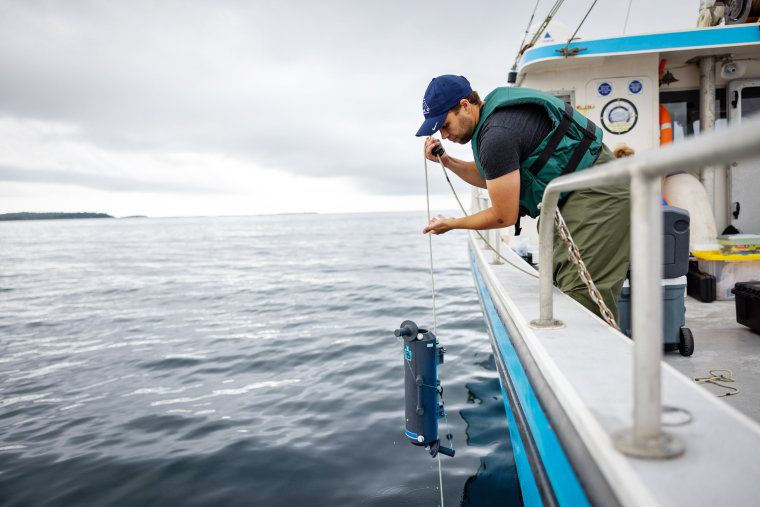
The report highlighted everything from large-scale seaweed farming to shooting lasers to electrochemically change the water’s chemistry, while acknowledging that research on the viability and potential trade-offs of these strategies is nascent at best.
“If we want to make fully informed decisions about the future of our ocean and climate, we need to complete some very critical research in the next decade,” Scott Doney, chair of the committee and professor of environmental science at the University of Virginia, said at the time.
In the race to get there, Planetary Technologies has company.
One startup intends to spread ground minerals over beaches in Long Island and the Caribbean, in the hope that they will gradually wash away and alkalinize the beaches there. Another method that’s gained traction involves using underwater pipes to pump up nutrient rich water from the ocean’s depths to promote phytoplankton growth on the surface.
“When it comes to carbon removal, there’s no silver bullet. There has to be silver buckshot. And that means that we’re going to need a lot of these approaches to work,” said Wil Burns, an environmental policy professor at Northwestern University.
In the mid-2000s, oceanographer Greg Rau started running small-scale beaker experiments in which he adjusted the alkalinity of seawater and then measured how much carbon was absorbed. Rau, then a researcher at the University of California, Santa Cruz, filed a few patents for what would later be called “ocean alkalinity enhancement,” but the method didn’t get much attention.
“People were not running to my doorstep. Let’s put it that way,” Rau said.
That changed in 2019 when Rau was approached by Planetary co-founders Brock Battochio and Mike Kelland.
“You can spend your whole career studying how much the ocean is going to acidify, but at some point you want to start thinking about how you avoid that, rather than just sitting and watching the ship sink,” Rau said.
Planetary intends to recycle mine waste from a defunct asbestos mine in Quebec to produce pure magnesium hydroxide, which the company believes would help accelerate the ocean’s carbon uptake ability in the areas where it’s used.

The strategy is inspired by the natural process of chemical rock weathering, where rain — which is slightly acidic — “weathers” or erodes the surface of rocks and minerals, and then transfers that alkalinity to the ocean via runoff.
It’s a process that occurs with or without human intervention, but on geologic time scales.
“We need something much more rapid than what nature can muster at this point,” Rau said.
According to estimates by the National Academies of Sciences, even if the global community meets its emissions reduction goals, by 2050 it will still need to remove an additional 10 gigatons of CO2 annually to avoid devastating climate outcomes.
Scientists have to walk a delicate line — design a method that’s scalable and effective enough to actually affect the climate without adversely affecting the environment in the process.
“People, for better or worse, perceive the oceans as pristine, and they’re going to have some serious concerns about interventions of this nature,” said Burns, referring to a fear in the scientific community that any negative affects or public distrust of one ocean-based carbon capture method could create backlash against all other approaches.
Much of that fear stems from a scandal that erupted in 2012.
A Canadian company experimented with ocean fertilization by dumping 120 tons of iron-enriched dust into the ocean off the coast of British Columbia to stimulate phytoplankton growth. The experiment caused a plankton bloom so large it was reportedly visible from space. An international uproar ensued.
While there was no evidence that the experiment did any harm, the international scientific community considered it a public relations disaster.
“It just backfired massively. So this time, I think we should be really careful to get everyone on board,” said Lennart Bach, a marine biogeochemist at the University of Tasmania in Australia.
In an attempt to pre-empt fears over safety, Planetary is partially funding research at Dalhousie University in Nova Scotia into oyster reproduction and phytoplankton growth.
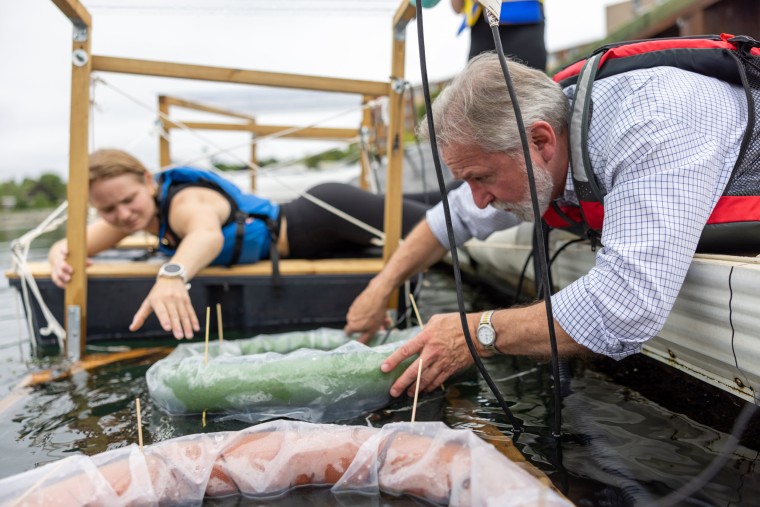
Oceanographer Hugh MacIntyre, who has studied phytoplankton for more than 35 years, said research is starting with the microscopic algae for a reason.
“Every organism that you see in the ocean, whether it’s an orca or a fish, a starfish, a lobster, whatever — it eats something that ate something that ate the phytoplankton,” MacIntyre, a professor at Dalhousie University, said.
So far, MacIntyre’s tests haven’t resulted in significant negative impacts to plankton growth, and he’s using a concentration of magnesium hydroxide that’s 10 times higher than what Planetary actually intends to use.
“We’re going way on the extreme because we want to know at what point would it make a difference,” he said.
MacIntyre said he’ll never be able to definitively prove that the antacid will have no harmful effects on marine life, but he can test how the plankton fare when pushed to extremes.
“Ultimately, the question is, at what point are you confident enough that there’s not a problem?” he said.
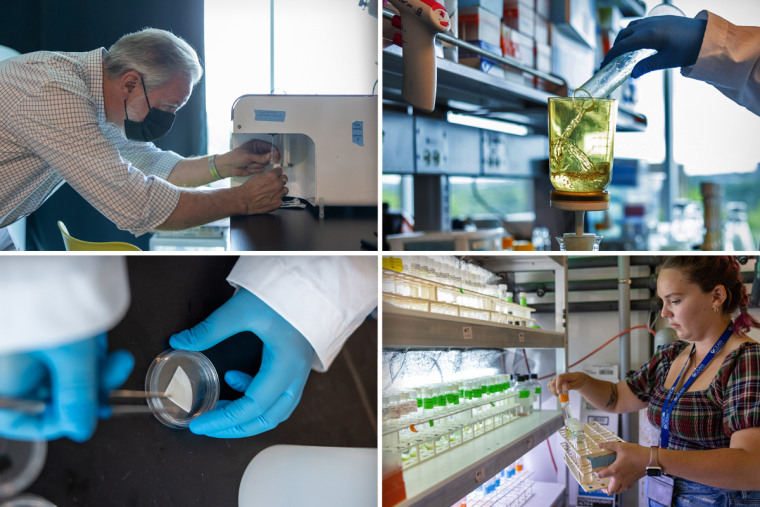
Tinkering with ocean chemistry raises complicated legal questions.
While there’s no specific legal framework for ocean-based carbon removal in the U.S. or Canada, there are treaties that regulate such things as dumping waste into the ocean.
Unless regulatory bodies come up with new rules and permitting processes that are designed with ocean-based carbon capture in mind, the status quo will, at best, pose artificial or unnecessary barriers to launching safe and responsible projects, and, at worst, create gaps in oversight that bad actors could take advantage of, said Romany Webb, an environmental lawyer and deputy director of Columbia University’s Sabin Center for Climate Change Law.
“Those existing laws that we’re trying to apply to these techniques weren’t developed with these techniques in mind, and so often aren’t a particularly good fit for either facilitating these sorts of activities, or for ensuring that they’re conducted in a safe and responsible way,” Webb said.
So far, Planetary Technologies has been fine-tuning the ability to measure their carbon uptake off the shores of Nova Scotia — no small feat in an ocean already saturated with massive amounts of carbon. But the company intends to start running small-scale ocean pilots — adding their antacid and measuring the change in carbon absorption — in Canada and the U.K. later this year.

The e-commerce giant Shopify has already committed to purchasing 730 tons in future carbon credits from the company — a move designed to accelerate its efforts to perfect the method.
“Frankly, all of the carbon removal in the world is not going to make any difference if we can’t reduce our emissions first,” Kelland said.
He said the amount of magnesium hydroxide used in each place will be well within existing regulatory limits. Ultimately, the company aims to capture a gigaton of carbon a year by 2045.
Kelland and Battochio know there are many who say that achieving that goal and actually making a difference in the climate with this method is a long shot, but said they believe having “gigaton ambition” is necessary.
“This business can be incredibly successful at a couple of million tons of carbon removal,” Kelland said. “But that’s not going to make the kind of difference we need to make in the world.”
“Ultimately it’s going to be up to society as to whether we want to solve the climate change crisis and how bad we want to let it get. That’s it.”
